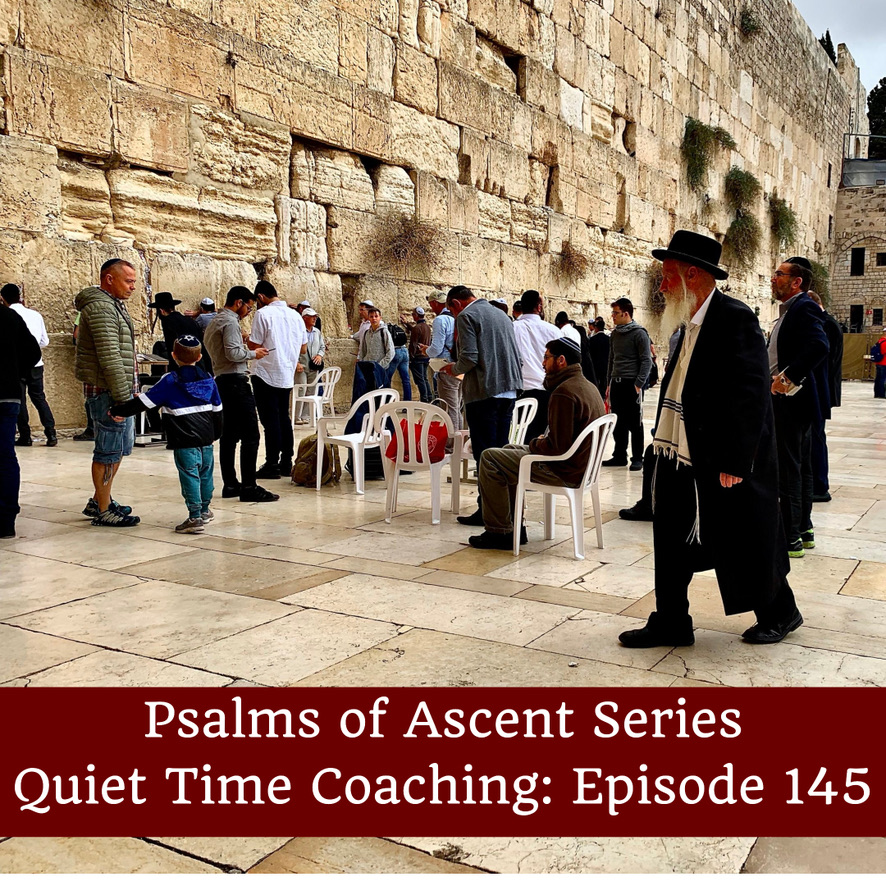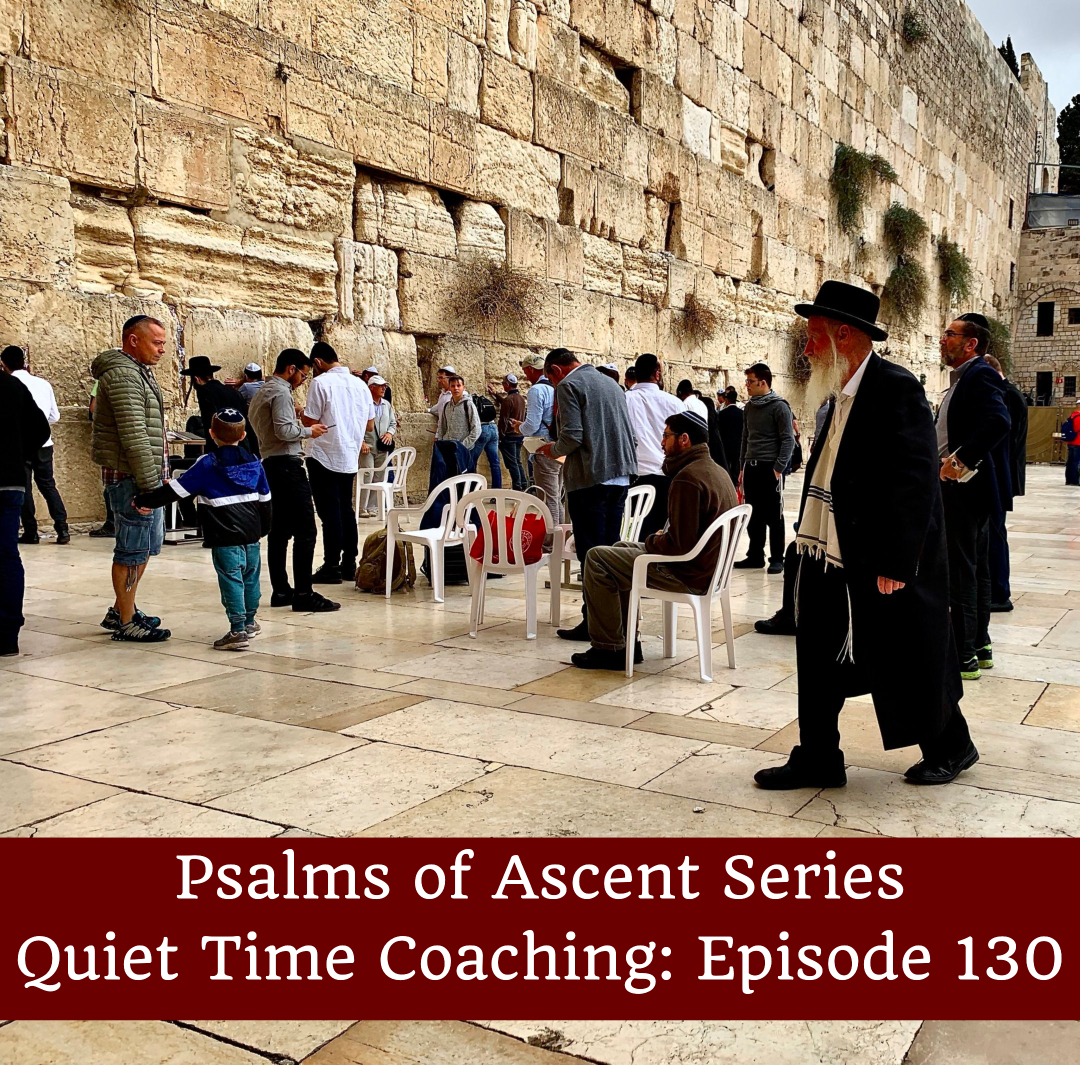Public speaking is a two-way experience. Even though it is often one person doing all or most of the speaking, it is better to conceptualise the event as a conversation. The people to whom you are speaking are not meant to be passive. They are meant to be participating.
Some greater clarity was brought to my thinking on this by reading the book “participating in worship” by Craig Douglas Eriksson. In the chapter “Fresh from the word”, he has this to say:
“Sermons should be designed and delivered in such a way that listeners will respond – thinking, doing, feeling, deciding for themselves. Preaching that consists of conclusive pronouncements can reduce the congregation into quiet submission and become a form of coercion that hampers participation.” Page 106
An extreme but positive example of this can be seen in Festus’s outburst during Paul’s “sermon”,
“At this point Festus interrupted Paul’s defense. “You are out of your mind, Paul!” he shouted. “Your great learning is driving you insane.”” (Acts 26:24 NIV11)
It may not have been Paul’s intention to cause the outburst, but the fact of the outburst reveals that Paul’s words are having an impact causing participation by his audience. Now I don’t know if I want that kind of response next Sunday when I preach, but I would like some response! How do we achieve this?
Some suggestions for participation:
- Images: slides containing powerful images help the visual learners.
- Handouts: help the kinetic and visual learners since they can both feel/touch and see what is on the page. They are interacting with the handout as well as you.
- Questions: to which you genuinely want an answer. I.e. not rhetorical questions (although these have a place).
- Breakout discussion groups: giving your audience time to talk to each other about what they are learning.
- Pauses: give your audience time to think and apply what you are telling them for themselves.
Not so long ago I was wrapping up my sermon when someone in the congregation stopped me and asked me a question. It wasn’t directly related to the topic of the sermon, and it was unexpected not only by me but by the rest of the group. I felt an initial spike of annoyance. I was wrapping up. I was about to make my main point and leave everybody was something to think about, and this chap was interrupting me! However, I suddenly realised this is exactly what I should be wanting. The fact that he is asking the question indicates he’s been listening, thinking, and developing his understanding. I did my best to answer his question, he gave me the broadest smile, was clearly satisfied, and I also sensed that the congregation appreciated this change of schedule.
What can you do to make your sermons more “participatory” without losing focus? I’d like to know what you do already on this and your thinking on it so I can do a better job.
Please add your comments on this week’s topic. We learn best when we learn in community.
Do you have a question about teaching the Bible? Is it theological, technical, practical? Send me your questions or suggestions. Here’s the email: malcolm@malcolmcox.org.
If you’d like a copy of my free eBook on spiritual disciplines, “How God grows His people”, sign up at my website: http://www.malcolmcox.org.
Please pass the link on, subscribe, leave a review.
“Worship the LORD with gladness; come before him with joyful songs.” (Psalms 100:2 NIV11)
God bless, Malcolm
PS: You might also be interested in my book: “An elephant’s swimming pool”, a devotional look at the Gospel of John

